Imagine you’re celebrating a client anniversary, and they’ve given you a glowing reference in their account management meeting.
They’ve also decided to use your services for another year, and really rate what you do. So, now is the perfect time to strike while the iron is hot, capture their success and good will towards you in the form of a case study.
But while you have a happy and willing customer in a position to endorse you, you still need to ensure the process is easy, flexible and completely straightforward…as we all know too well, many people are pushed for time. Remember our blog on how to turn your customer into your best salesperson? Ensure you are providing enough scope for them to recommend you.
Of course, you need to focus on service delivery first. Only satisfied customers will ever commit to endorsing you. But you also need to ensure that you have a customer advocacy strategy in place before you even book the client.
Ensure your legal team include a clause in the contract that states your customer agrees to become part of your reference programme and develop a profile that may be used for promotional activities (e.g. logo, quote from an executive, speaking at your conference, etc.). Right from the very beginning, your customer commits their time and effort and knows what is expected of them.
If you are able to begin capturing your happy customer’s views, here are 15 practical tips to help you create persuasive stories:
1. Authority is crucial
Ensure your end customer has the authority to represent their company. Some organisations refuse to endorse suppliers full stop, so it is imperative that you have the say so from the client’s communication team or PR manager before you start working on the story. It will avoid any questions raised further down the line and will stop any time from being wasted.
2. Arrange a face-to-face meeting
It is always best to capture views direct from the horse’s mouth to so speak, but ensure the meeting is short and productive. Give the customer time to air their views but also restrict the opportunities to digress on tangents. Control the meeting well and you will get the necessary soundbites. Also take a Dictaphone and request permission to record the meeting…you cannot listen and respond properly when you are scribbling down notes.
3. Detail is better than simplistic
Try and avoid asking questions where there is a simple yes/no response. Lead your customers to give substantial answers so you can capture the soundbites you are after. Write up a list of questions and mark them off as you go along, and it may be worthwhile to pass the most important questions to the client beforehand, so they have some time to prepare. You may want to run these past your sales team too; they may need to see particular answers, so ensure they are a part of the question-building process.
4. Get stakeholder support
It is paramount to ensure you have all relevant stakeholders on board, and if necessary, invite them to the meeting so you don’t have to repeat it.
5. Think about the story
The best-case studies tell a story; a before and after scenario with your product or service sandwiched in-between. Be punchy; use paragraphs, subheadings, bullet points and boxed-out to quotes to provide variety to the copy. There is nothing worse than a long ream of information; it won’t keep anyone engaged!
6. Consider keywords
Include relevant keywords to be found in searches. Avoid jargon and write out acronyms in full – don’t rest on the assumption that everyone will know what you are talking about. Speak plainly. And aim for 300-500 words…you don’t want to bore the reader, but you do need to provide the key information.
7. Set the scene
For the content, it is super important to set up the background on the client, then jump into the challenges they were facing before they used your services. Whilst customers aren’t keen on airing their ‘dirty laundry’ you need to come up with sensible wording that will paint the problem in a way future prospects will relate to.
8. Don’t forget to mention the specifics!
Nailing down their reasons for why they chose you, and how you implemented your products or services to help them is the crux of the story. Followed by the results, this combination can make for a real page turner and can leverage future client wins.
9. Data is key
You need to constantly capture data throughout the client’s service history, so you can provide evidence for your results. It’s all well and good providing statements like ‘we helped increase x clients sales’ but any prospect in their right mind would want to see the stats to back this up. Providing meaningful results and evidence is key.
10. Use your customer’s language and tone
Prospects will relate to your customers voice, so ensure it comes across authentically. But also ensure that the results you provide are impactful; statements need to be relatable so don’t just show graphs with numbers. Provide explanations and give tangible, relatable evidence.
11. Quantify your results
Ensure you can back up all results, in case you are challenged by a prospect. Quantitative statements measure performance, so you will need to be able to provide support for how much time/money has been saved, how much productivity has increased by, etc.
12. Don’t forget the images!
Alongside the copy, use powerful and eye-catching imagery and please ensure you have credited this correctly.
13. Get approval
Once you have produced your written case study, article or video, you will need to finalise with the client and allow them time to approve before you can publicly share it. And make sure that all the relevant stakeholders in your customer’s company have signed it off too…you don’t want to get anyone in trouble!
14. Spread the word
Once you have published the material, ensure all your staff and stakeholders at your organisation know that it is available to use. Inform them of any restrictions you may have as you don’t want to aggravate your relationship with your client. Promote across your social channels, website and send it directly to prospects. Keep an eye on its performance and after a year or so, review it to ensure it is still fit for purpose.
15. Say thank you!
And lastly, but by no means least…thank your customer! They have spent time and effort endorsing you, so make sure they know how valuable they are to you and your business!





